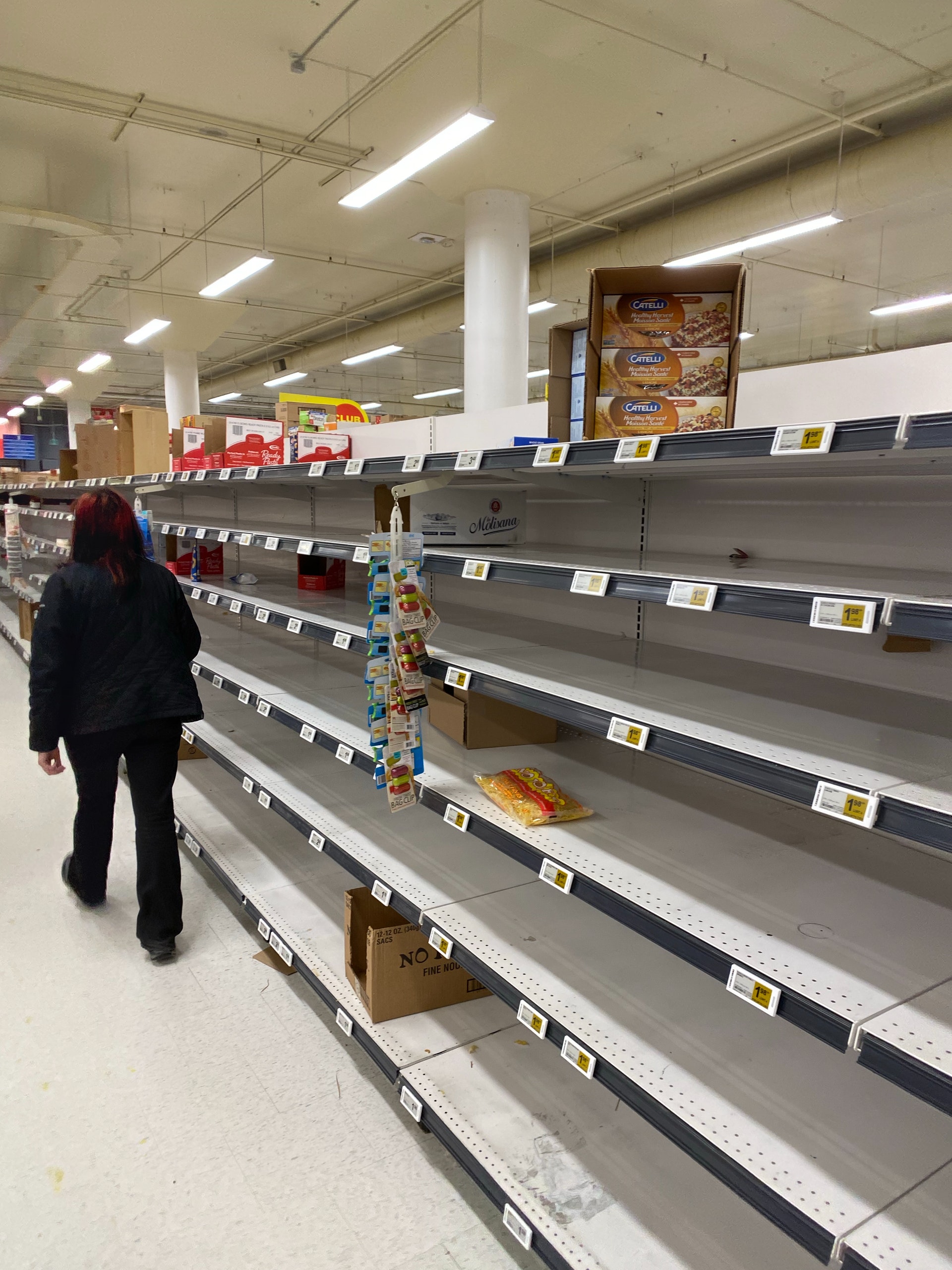When the ongoing global pandemic started in the first quarter of 2020, many came across plenty of empty physical and digital retail shelves.
Take a look at these scenarios:
“Is toilet paper available?”
“All sold out, I’m afraid.”
“What about hand sanitizer?”
“Also temporarily out of stock.”
“I’m required by my boss to work from home. Is there a new laptop available? This gadget, at the height of the pandemic, experienced a shortage.”
Stockouts, also known as out of stock or OOS, are among the most upsetting experiences for in-store and online shoppers. This problem goes beyond creating frustration and disappointment for customers. It can also result in potential damage to the retailer’s brand, missed sales opportunities and lost revenue.
Here’s an important piece of business advice for all retailers: avoid stockouts as much as possible.
We’re going to look at the causes of an out-of-stock situation, managing out-of-stock inventory and preventing this issue from occurring.
What is a Stockout?

This refers to the unavailability of specific products or items at the point of purchase when the shopper is ready to purchase.
Stockouts cost businesses about $1 trillion every year.
What Causes a Stockout?
A common reaction to an out-of-stock product is, “The retailer is at fault here. They didn’t purchase enough.” This, however, isn’t always the case with stockout problems.
Here are a few causes for a product to go temporarily out of stock:
Lack of Coordination or Communication Between Manufacturers and Retailers
This usually happens with discounted or promoted products. Retailers often come up with plans for promotions without giving manufacturers a heads up to adjust their promotions and keep up with the possibly higher demand. This results in retailers running out of the item long before the end of the promotion, leaving both themselves and the manufacturer with frustrated clients.
Inadequate Forecasting and Inaccurate Reporting
Many retailers could probably tell you their most popular products offhand. Many, though, inadvertently let their most popular items sell out due to inaccurate forecasting. If a retailer is unable to anticipate demand for a particular product, some customers will inevitably end up disappointed when that item is out of stock.
Incorrect reporting can also result in out-of-stock issues. Retailers make business decisions based on the data and other information available to them. If there’s an inaccuracy in the sales reports, making informed decisions regarding inventory purchases and shrinkage becomes a lot more difficult.
Logistics and Delivery Problems
Although many inventory management problems are well within the control of the retailers, logistical issues often aren’t. Retailers don’t have much control over mechanical problems of delivery vehicles or weather conditions.
What to Do if Your Products are Out of Stock
People don’t live in a perfect world, and every business out there is a risk of facing an out-of-stock problem at some point. If you want to succeed in business as a retailer, you’ll need to mitigate stockouts as much as you can.
Here are a few remedies that can help you when one or more of your items run out of stock:
Apologize for the Issue

Go beyond notifying your customers that an item in your store is out of stock. Say sorry, as well.
Apologies don’t need to be over the top or long winded. Instead, show accountability for the out-of-stock item. Explain to the customers briefly that this issue is something you’re trying to fix.
When apologizing, you should alert the consumer about your refund process. After all, no one wants to purchase something, receive notification that the product is out of stock and then wonder where their dollars went. Be explicit with your process along with the options that customers have with the money. What’s more, add a time frame of when shoppers can expect the funds to return.
Offer Similar or Alternative Products
Sometimes, a customer may be fine with a similar item. If this is the case, recommend alternative or similar products to prevent loss of sale and keep your customers satisfied.
Provide an Incentive to Come Back
Shoppers may feel disappointed that they’re not getting what they want. You can remedy this by offering a customer incentive, such as a discount code or free shipping on the next order.
How to Prevent Stockouts
Preventing out-of-stock situations means solving the problem before it becomes a problem. As a retailer, you need to be proactive.
Here are a few ways to help your business avoid stockouts:
Use Accurate Demand Forecasting
When you can accurately forecast demand using historical sales data and reports, you’re able to order just enough stock to meet consumer demand for a particular period. This cuts down your inventory expenses, as you won’t be understocking or overstocking your warehouse.
Automate Tasks with the Right Inventory Management Software
An inventory management tool can prevent your business from understocking or overstocking products. The right software can track low inventory levels and determine the reorder points quickly for your products.
Have Safety Stock
Maintaining a safety stock level of your inventory will help eliminate out-of-stock problems. Safety stock is simply additional inventory you purchase to prevent stockouts. The appropriate safety stock level will depend on your business. Some use hunches, while others will base the figure off a portion of the cycle stock level.
Empty shelves and disappointed customers can cost you huge financial losses if you constantly have products that are out of stock. Avoid frustrating customers, and damaging your reputation and bottom line. Manage your inventory well and prevent stockouts.







